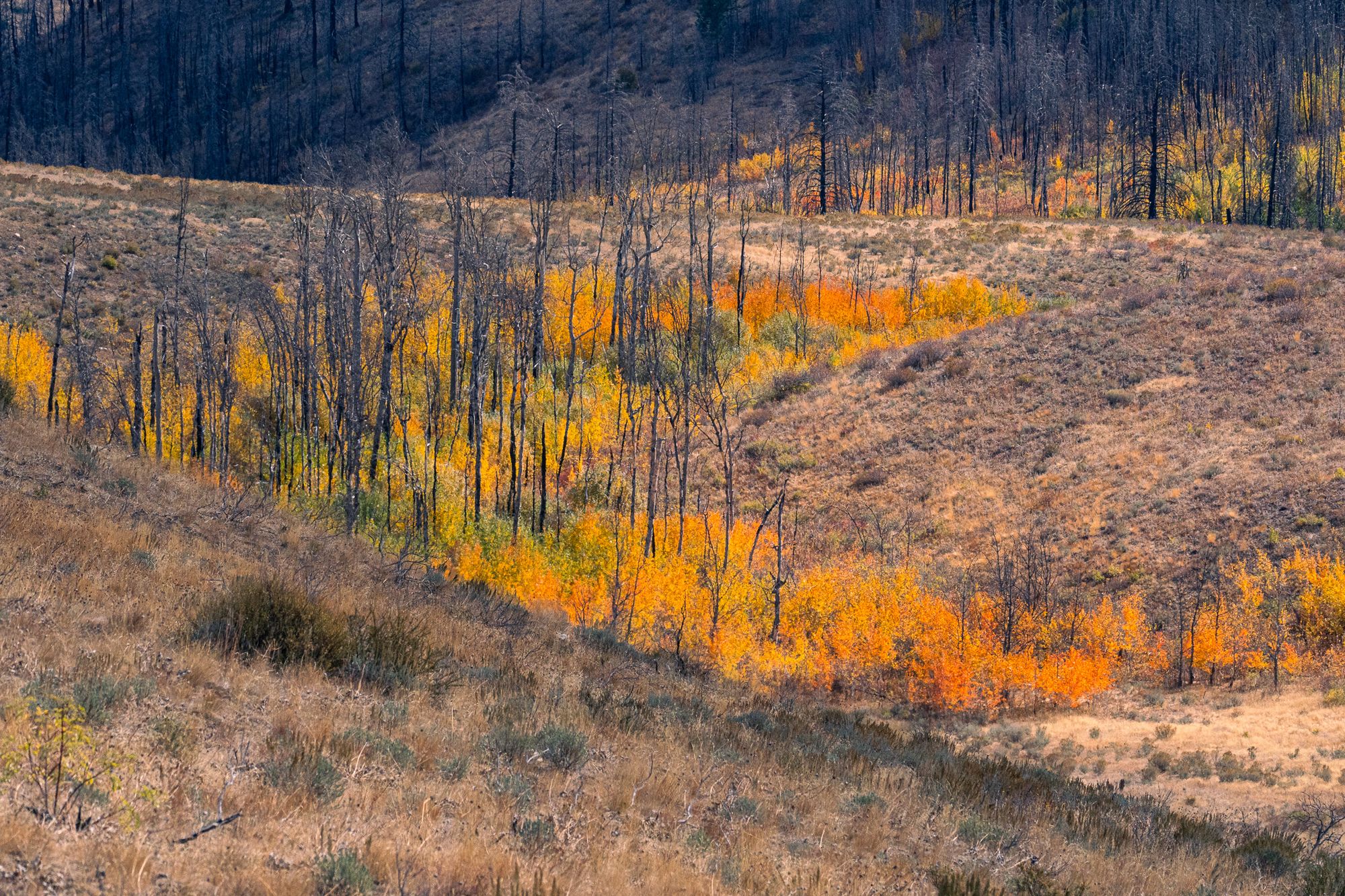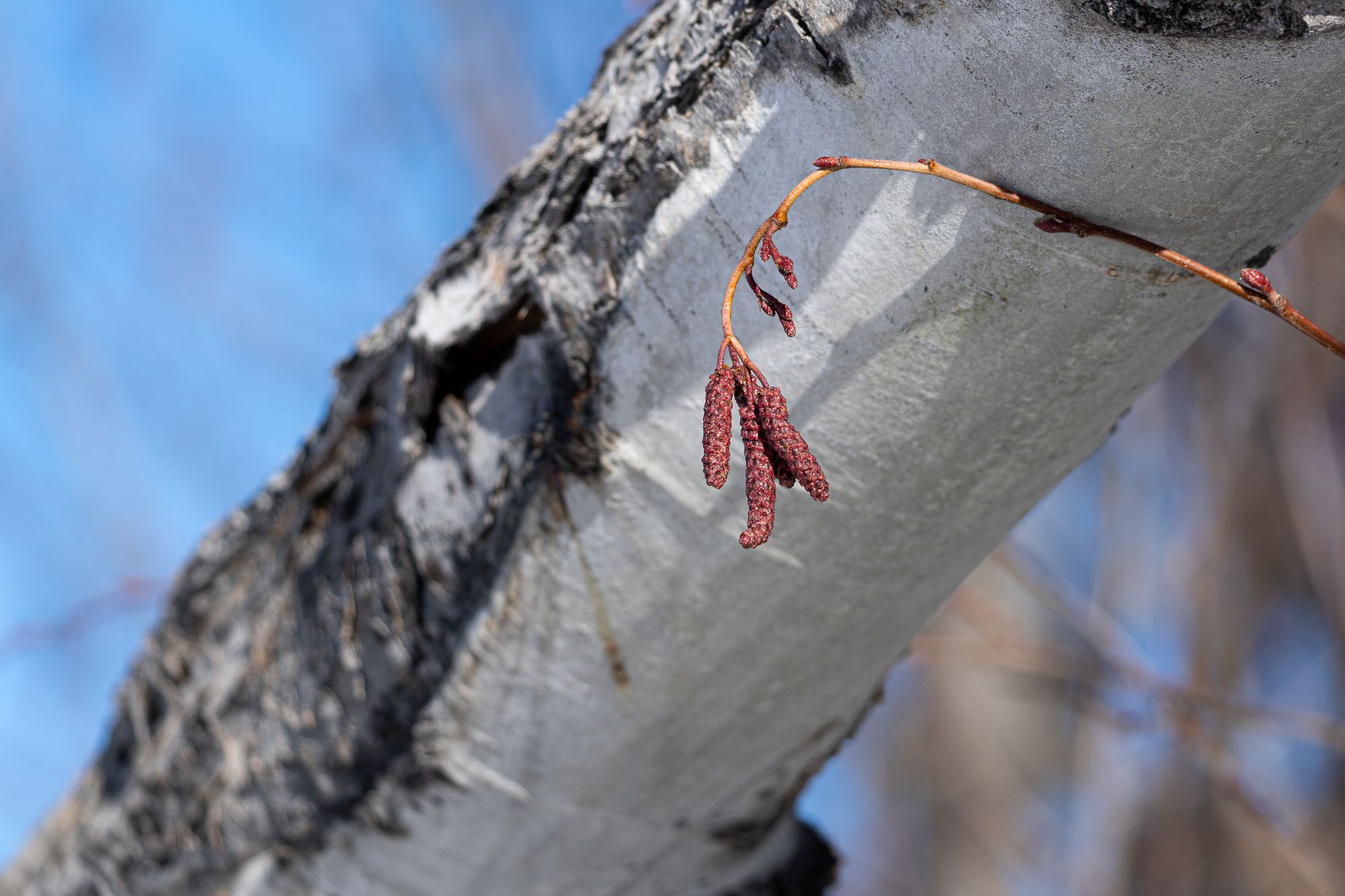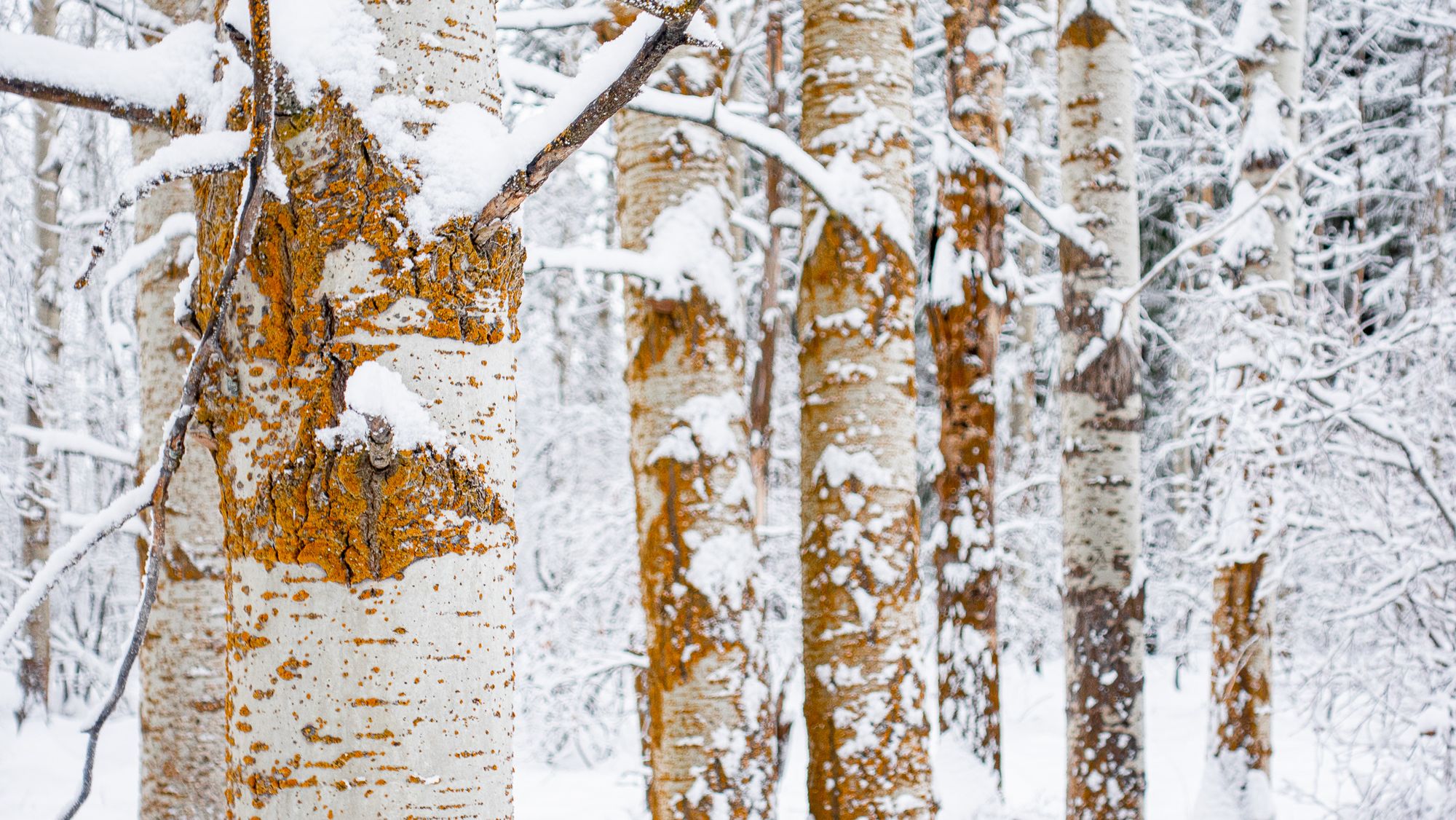Theoretical Immortality

Because quaking aspens are the most widely distributed trees in North American they might be taken for granted, but hidden under the surface they are one of our most fascinating trees.
Superficially, quaking aspen give the impression of being fragile: Their thin-bladed leaves tremble wildly in even the slightest gust of wind. Their naked bark is easily wounded and scarred. And individual trunks live less than 200 years.
But fleeting moments of time mean little to this ancient tree.
Aspens first appeared in the fossil record about 15 million years ago, and based on the structure of fossilized leaves, scientists speculate there may have only been a few generations of aspen trees in the past 2.5-5 million years.

A few generations in millions of years! How is this possible?!
It all comes down to the way that aspens grow. An aspen “tree” is actually a massive root system, with each root producing an enormous number of stems (that look to us like trees) growing out of the ground. One scientist counted 600 stem-producing buds on a single 18-inch section of root, and an aspen’s root system can potentially produce one million stems per acre.
This means that an aspen tree is actually a grove of dozens, hundreds, or thousands of nearly identical stems created as the tree clones itself over and over again. In fact, the largest known aspen tree in Utah has 47,000 stems and covers 107 acres—that is ONE tree!
There is no known limit to how many times an aspen tree can clone itself, so aspens have what is called “theoretical immortality.”
Despite their ability to stay alive by cloning themselves, aspens possess what seems like a fervent desire to reproduce, because each tree also produces millions of fertile seeds every summer. But these seeds die within weeks of sprouting because, in many parts of their range, the conditions for their seeds to survive haven’t existed since the last Ice Age.

This has led some scientists to propose that quaking aspens are an Ice Age relict living in a kind of suspended animation—cloning themselves over and over again— while waiting for the return of the next Ice Age.
It’s been suggested that in parts of Utah never covered by ice some aspen trees are over one million years old!
It’s possible we will never know the answer to this question, because there’s no way to calculate the age of a giant plant whose stems are short lived.
Maybe this is one of those times when it's better to live in the magic of the unknown. After all, it’s ok to just gaze at an aspen with awe, and wonder…

Member discussion